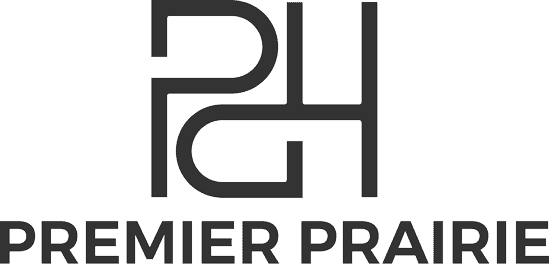Investing in real estate can be a great way to build wealth and generate a steady income. However, diving into this world can be overwhelming without understanding the key metrics that guide investment decisions. Let’s break down some essential metrics and take a quick look at what makes the Saskatchewan real estate market unique.
Key Metrics in Real Estate Investing
First off, **cash flow** is a big deal. This is the money you have left after paying all your property expenses and mortgage payments. If your property brings in more cash than it costs to maintain and finance, you’re in a good spot.
Then there’s **Net Operating Income (NOI)**, which is basically your income from the property minus the operating expenses. It gives you a clear picture of your property’s profitability.
Another important metric is the **Cap Rate (Capitalization Rate)**. This helps you figure out the potential return on your investment. You calculate it by dividing the NOI by the property’s purchase price and then multiplying by 100 to get a percentage. A higher cap rate generally means a better return.
**Return on Investment (ROI)** is another crucial metric. It measures the gain or loss from your investment relative to the money you put in. Simply put, it shows you how profitable your investment is.
Don’t forget about the **Gross Rent Multiplier (GRM)**. This is a quick way to estimate the value of a property by dividing the property price by its annual rental income. It’s a handy tool for comparing potential investments.
Lastly, the **occupancy rate** tells you how many of your rental units are occupied. A higher occupancy rate usually means more stable and predictable rental income.
The Saskatchewan Real Estate Market
Now, let’s talk about Saskatchewan. This prairie province in Canada has a unique real estate market that’s worth a look. Unlike the more volatile markets in places like Toronto or Vancouver, Saskatchewan’s market is known for its stability and affordability.
Economically, Saskatchewan leans heavily on agriculture, mining, and energy sectors. This gives the province a steady economic base that supports its real estate market.
Population-wise, Saskatchewan is not as densely populated as some other provinces, but cities like Saskatoon and Regina have been growing steadily. This growth drives demand for housing and commercial properties.
One of the biggest perks of investing in Saskatchewan is the affordability. Property prices here are generally lower than in major Canadian cities, which means you can enter the market with a smaller investment and potentially see better returns.
Compared to the overheated markets of Toronto and Vancouver, Saskatchewan offers more stable and predictable opportunities. There’s less competition, which can make it easier to find good deals and negotiate prices.
However, it’s important to keep in mind that Saskatchewan’s economy can be influenced by commodity prices, given its reliance on agriculture and mining. This means investors need to stay informed about these sectors to make the best decisions.
Conclusion
Real estate investing involves understanding key metrics like cash flow, NOI, cap rate, ROI, GRM, and occupancy rates. Saskatchewan’s real estate market offers unique opportunities due to its affordability and stability, making it an attractive option for investors looking to diversify. If you’re considering real estate investing, don’t overlook the potential of this prairie province.
